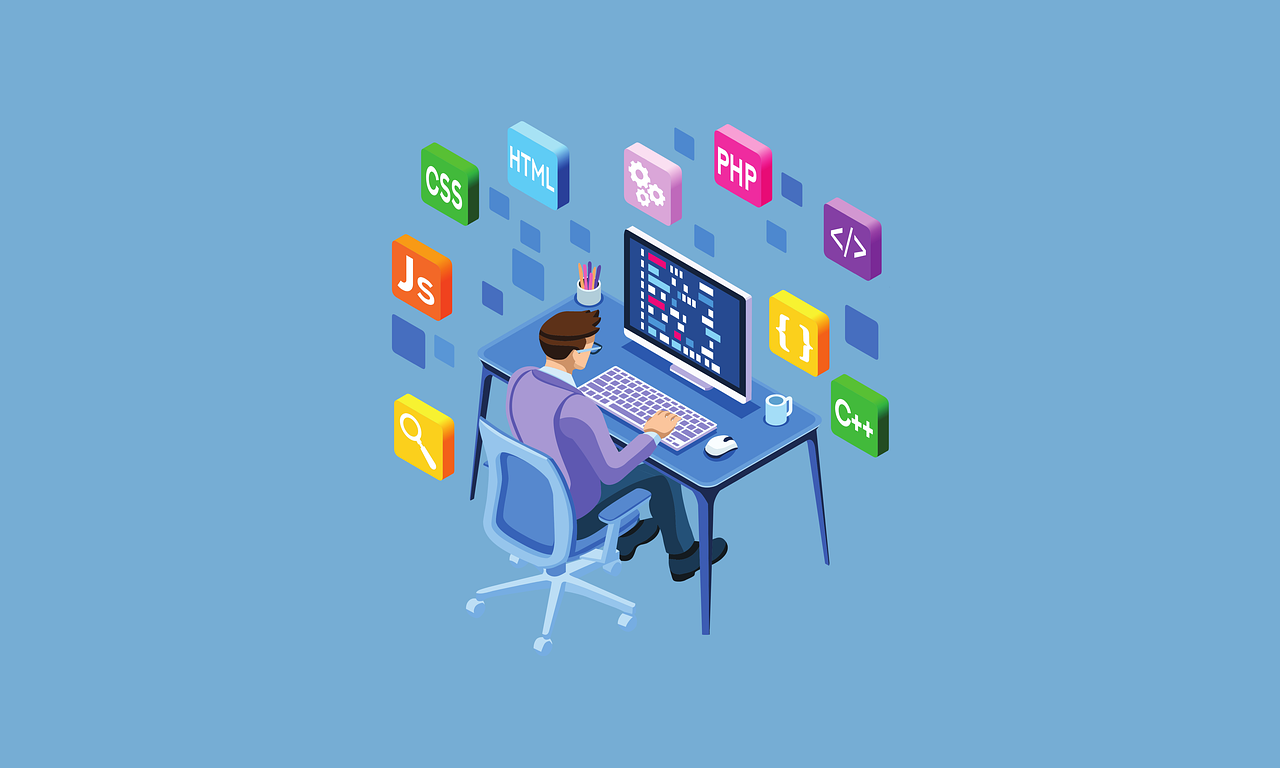In today’s rapidly evolving technological landscape, the choice between cross-platform and native mobile development is a critical decision that enterprises must make when creating mobile applications.
Both approaches have their own merits and drawbacks, catering to different needs and goals. This article delves into the differences, benefits, and considerations of each approach, helping enterprises make an informed decision that aligns with their requirements.
The realm of mobile application development has expanded significantly, presenting enterprises with choices that can profoundly impact their mobile presence.
One pivotal decision is whether to pursue cross-platform development or opt for a native approach. Each path carries distinct advantages and challenges, and understanding these intricacies is crucial for making the right choice.
Understanding Cross-Platform Development
Cross-platform development entails creating apps that can run on multiple operating systems using a single codebase. This approach leverages frameworks like React Native, Flutter, and Xamarin to streamline development and maintenance across various platforms. By sharing code between iOS and Android versions, enterprises can save time and resources.
Pros and Cons of Cross-Platform Development
Advantages of Cross-Platform Development
Cross-platform development offers several compelling advantages. First, it accelerates the development process by allowing code reuse. This means quicker time-to-market and reduced development costs. Second, maintaining a single codebase simplifies updates and bug fixes, ensuring consistency across platforms. Lastly, it enables a broader audience reach, as the app caters to both iOS and Android users.
Challenges of Cross-Platform Development
However, challenges exist with cross-platform development. Achieving the same level of performance as native apps can be complex. Additionally, access to certain device-specific features might be limited. The dependence on third-party frameworks also introduces the risk of compatibility issues with future platform updates.
Embracing Native Mobile Development
Native mobile development involves crafting separate versions of an app for each platform, utilizing platform-specific languages and tools (Swift/Objective-C for iOS, Java/Kotlin for Android). This approach maximizes performance and offers deep integration with the respective operating system.
Pros and Cons of Native Mobile Development
Advantages of Native Mobile Development
Native development boasts unparalleled performance, providing a smooth and responsive user experience. It also grants full access to device features, allowing for innovative functionalities. Moreover, native apps tend to enjoy better security and stability due to their adherence to platform guidelines.
Drawbacks of Native Mobile Development
However, native development comes with drawbacks. It requires separate development efforts for each platform, leading to higher costs and longer development timelines. Maintenance also becomes more complex as updates must be implemented independently on both versions.
Factors Influencing the Decision
The choice between cross-platform and native development hinges on various factors:
- App Complexity and Features: Simple apps with basic features might benefit from cross-platform development, whereas complex apps requiring high performance and custom features might lean towards native development.
- Performance and User Experience: If performance is critical, native development is superior. Native apps can exploit platform-specific optimizations, leading to faster load times and smoother interactions.
- Development Time and Cost: Cross-platform development is generally faster and more cost-effective due to code sharing. However, native development offers long-term savings by reducing maintenance efforts.
- Long-Term Maintenance: Native apps often require more maintenance, as platform updates necessitate updates to both versions. Cross-platform apps have the advantage of simplified maintenance through shared code.
Making the Right Choice for Your Enterprise
Choosing between cross-platform and native development hinges on the specific needs and goals of your enterprise. While cross-platform development offers efficiency and wider reach, native development excels in performance and user experience. Assess your app’s complexity, desired features, and long-term outlook to make an informed decision.
Conclusion
In the dynamic landscape of mobile app development, the decision between cross-platform and native development is pivotal. Each approach has its own set of advantages and challenges, catering to different enterprise requirements. By understanding the nuances and considering factors like app complexity, performance, and cost, enterprises can confidently choose the development path that aligns with their goals.
Frequently Asked Questions (FAQs)
1. What is cross-platform development?
Cross-platform development involves creating mobile apps that can run on multiple operating systems, utilizing a single codebase. This approach simplifies development and maintenance across different platforms.
2. What are the primary advantages of native development?
Native development offers unparalleled performance, access to device-specific features, and better security. It results in a seamless and high-quality user experience.
3. How does app complexity impact the choice between cross-platform and native development?
For simple apps with basic features, cross-platform development might be more efficient. Complex apps requiring high performance and custom features often benefit from native development.
4. Can an app developed using cross-platform tools achieve the same performance as a native app?
While cross-platform apps have made great strides in performance, native apps still hold the edge in terms of performance due to their ability to leverage platform-specific optimizations.
5. What factors should enterprises consider when making a decision between the two approaches?
Enterprises should consider factors like app complexity, desired performance levels, development time and cost, and long-term maintenance efforts to make an informed decision between cross-platform and native development.





